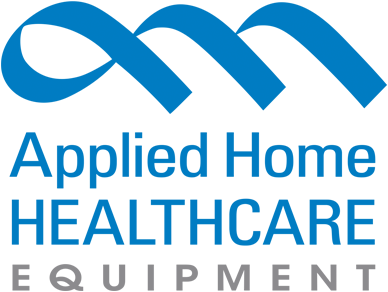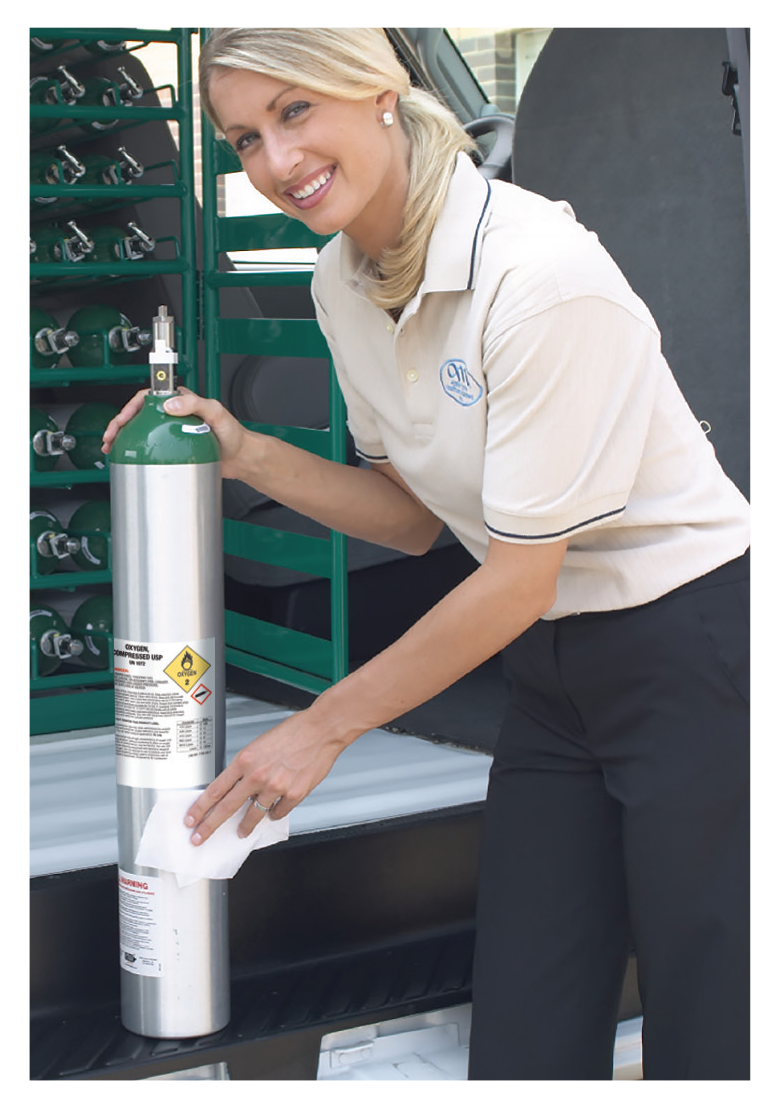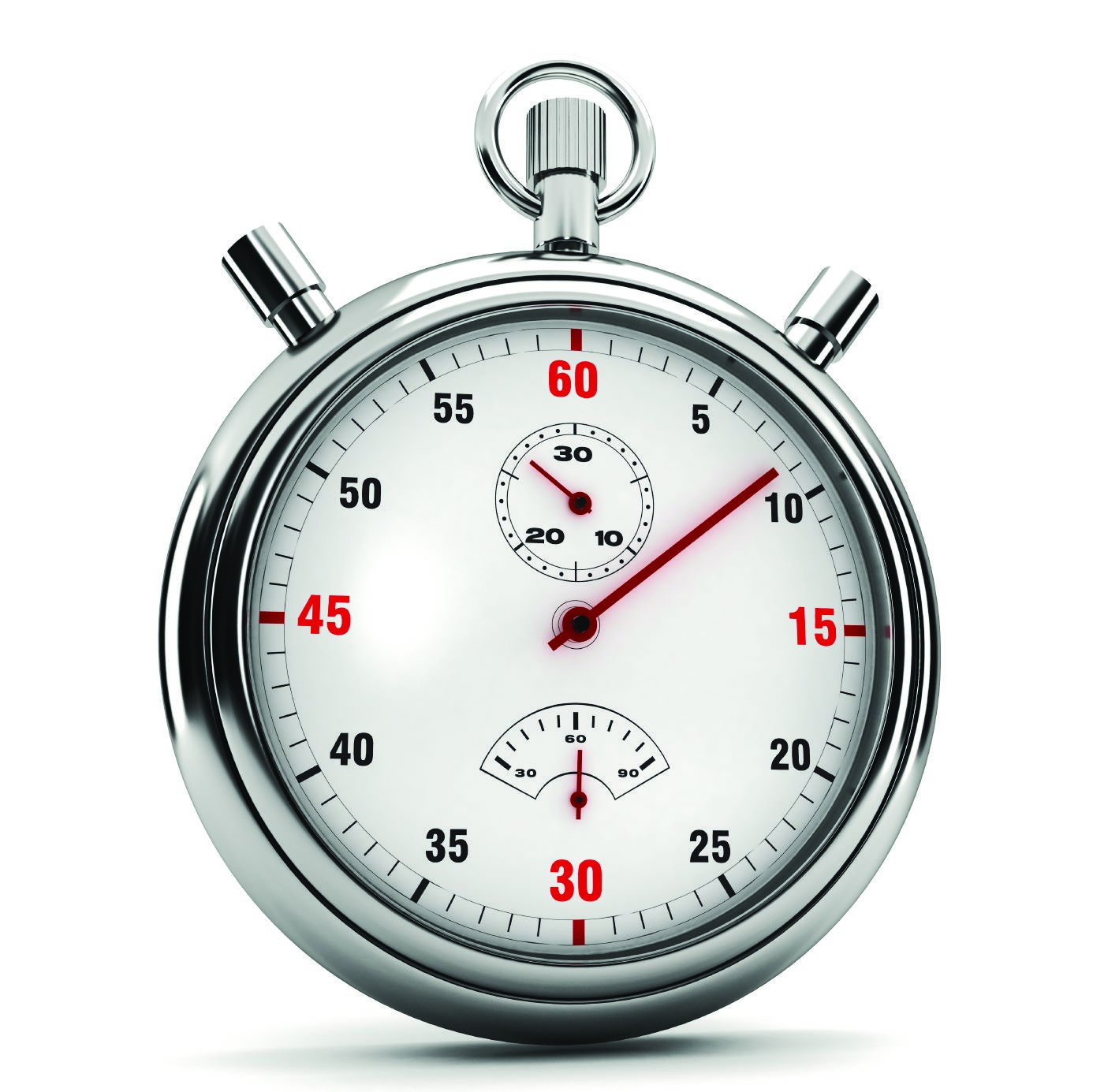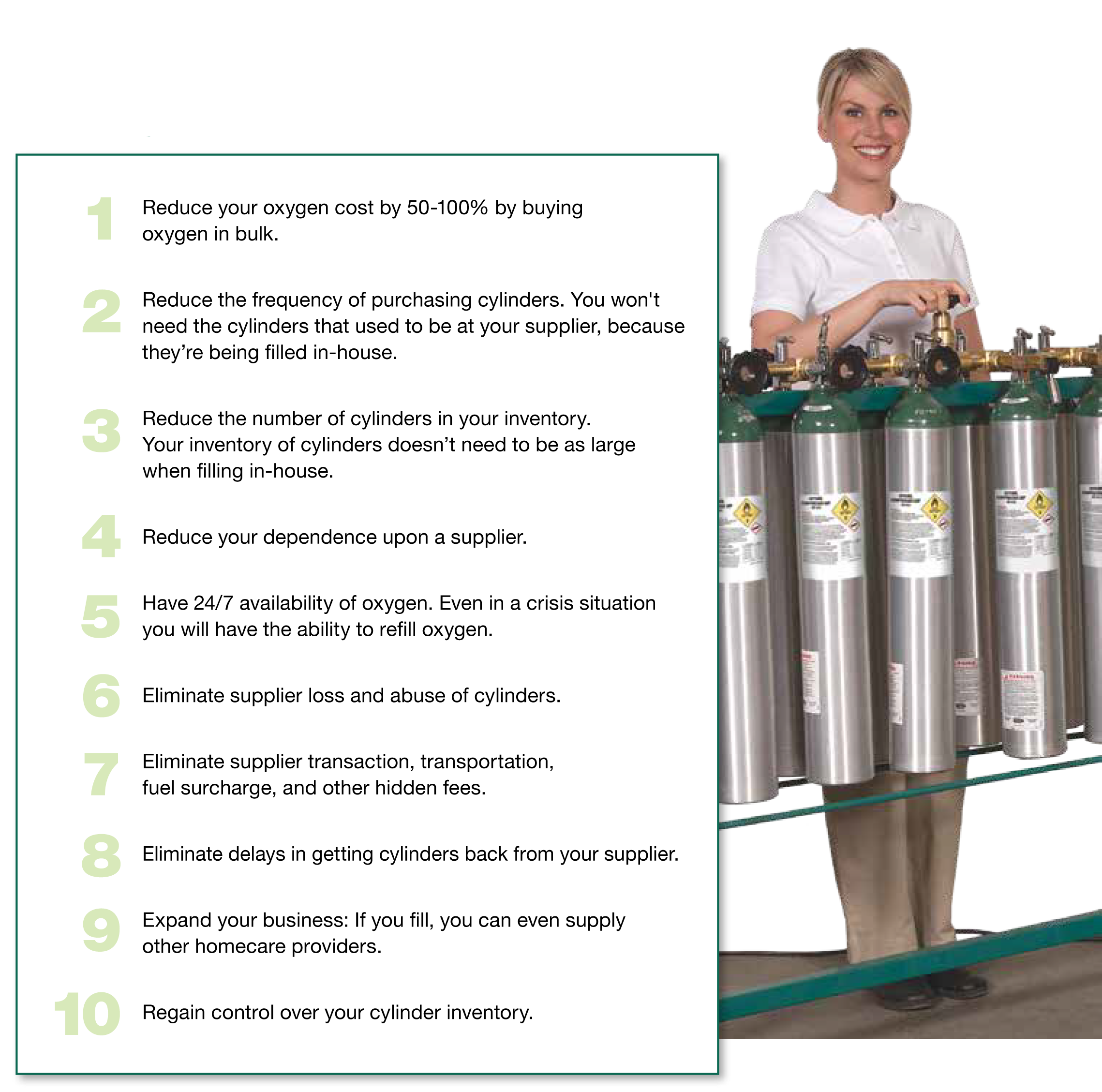PRODUCT CATEGORIES
CLASSES/REGISTRATION
WHAT'S YOUR ROLE?
Latest News
Month: April 2015
Quick Tips For Oxygen Cleaning!
What Is Oxygen Cleaning? Clean equipment that comes into contact with oxygen requires specific procedures to ensure that nothing is left on the surface that could interact with oxygen. There are two types of cleaning that are pertinent for oxygen equipment, cleaning with oxygen compatible cleaners and cleaning equipment for oxygen service. 1. Cleaning with oxygen-compatible cleaners Oxygen can react with any residue, particles, dirt, oil, grease or other contaminants that are left on the surface of equipment the comes into contact with oxygen, such as the cylinder surface. The body of a cylinder or a regulator for example, should be cleaned with chemicals that will leave nothing behind that will cause an interaction with oxygen. 2. Cleaning equipment for oxygen service Surfaces that come into direct contact with oxygen, such as the valve opening on a cylinder, the inside of a cylinder or oxygen connection, must not only be cleaned with an oxygen compatible cleaner, but also with special equipment and processes to ensure that the surface has no particles left behind. If there are even small particles on the wetted surface, the speed of the oxygen coming out of the valve, could actually ignite the particles. The procedure you’ll have to follow for this is found in CGA G 4.1. What about leak testing? According to FDA guidance and industry standards, soap and water solutions used to leak test are not recommended and may even prove dangerous. Soap contains animal fat
Get the training you need!
The US DOT requires that every employee receive three types of training at least every 3 years, and within 90 days of start of employment for new
Increase Your Oxygen Profits!
The DME environment in which reimbursement dollars have been reduced due to many factors, cutting costs has become as important as the number of patients that you serve. When looking for ways to cut costs, one of the easiest ways is to fill your own oxygen cylinders. When you realize that there are many other advantages to refilling your own oxygen cylinders, it becomes a project that no DME should ignore. What are the advantages to refilling your own oxygen
Just Released: NEW Oximeters!
Oximeters from Applied are a convenient, portable, non-invasive way to spot check oxygen saturation and pulse rate. Standard Fingertip Pulse Oximeter Brighter and larger, digital LED one-way display Portable, non-invasive spot check of oxygen saturation and pulse rate Low battery indicator Continuous working time = 24 hours Easy automatic power off when the finger leaves the device for 5 seconds Runs on two “AAA” batteries Finger sizes from 0.3” – 1.0” Includes case Deluxe Fingertip Pulse Oximeter Dual color, high resolution, and easy to read LED display with multi-display, four directions and six display modes Portable, non-invasive spot check of oxygen saturation, pulse rate, pulse bar and plethysmogram Easy automatic power off when the finger leaves the device for 5 seconds Low battery indicator Includes lanyard Continuous working time = 20 hours Runs on two “AAA” batteries Finger sizes from
Subscribe to our Email List
Get the latest regulatory info, accreditation news and exclusive discounts!
 View Cart []
View Cart []




